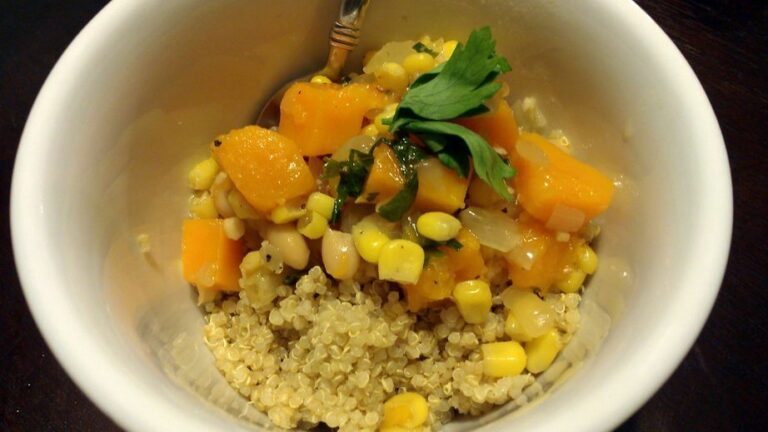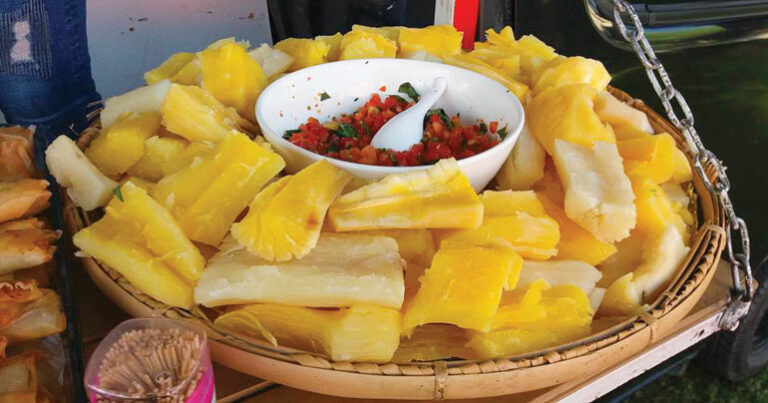Introduction: Street Food in Timor-Leste
Street food is a popular dining option in Timor-Leste, where locals and tourists alike can find an array of savory and sweet treats. From skewered meat to fried snacks and desserts, street food stalls line the streets in both urban and rural areas of the country. However, as with any kind of food that is not prepared in a controlled environment, there are certain risks associated with consuming street food in Timor-Leste.
Health Risks Associated with Street Food
The health risks associated with street food consumption in Timor-Leste are similar to those in other developing countries. These can include food poisoning, diarrhea, and other gastrointestinal illnesses due to contamination from bacteria, viruses, or parasites. Poor hygiene practices and inadequate food storage or preparation can exacerbate these risks. In addition, some street food vendors may use low-quality ingredients or cooking oils that may not meet food safety standards.
Street Food Regulations and Monitoring in Timor-Leste
The government of Timor-Leste has taken steps to regulate and monitor the street food industry in the country. The Ministry of Health has established food safety guidelines and hygiene standards for food vendors to follow. The ministry also conducts regular inspections of food stalls and enforces penalties for violations of food safety regulations. However, due to limited resources, the government’s ability to effectively enforce these regulations may be limited.
Tips for Safe Consumption of Street Food in Timor-Leste
To minimize the risk of foodborne illness when eating street food in Timor-Leste, it is important to follow some basic safety tips. These include choosing food vendors that have a clean and tidy appearance, avoiding food that has been sitting out for a long time, and making sure that the food is cooked thoroughly before consuming it. It is also a good idea to carry hand sanitizer or wash your hands before and after eating.
Popular Street Food in Timor-Leste
Some popular street food dishes in Timor-Leste include grilled chicken and pork skewers, fried bananas, cassava chips, and pastries filled with sweet or savory ingredients. Many of these can be found at markets or in the streets of Dili, Timor-Leste’s capital city. The country’s rich culinary heritage and diverse cultural influences are reflected in its street food offerings.
Conclusion: Should You Eat Street Food in Timor-Leste?
Street food is a key component of Timor-Leste’s culinary culture, but it comes with risks. While the government has made efforts to regulate and monitor the industry, there is still a chance of foodborne illness when consuming street food. However, by following basic food safety guidelines and choosing vendors carefully, it is possible to enjoy the flavors of Timor-Leste’s street food without getting sick. As with any kind of food, it is ultimately up to the individual to assess their own risk tolerance and make a decision based on their preferences and health concerns.




